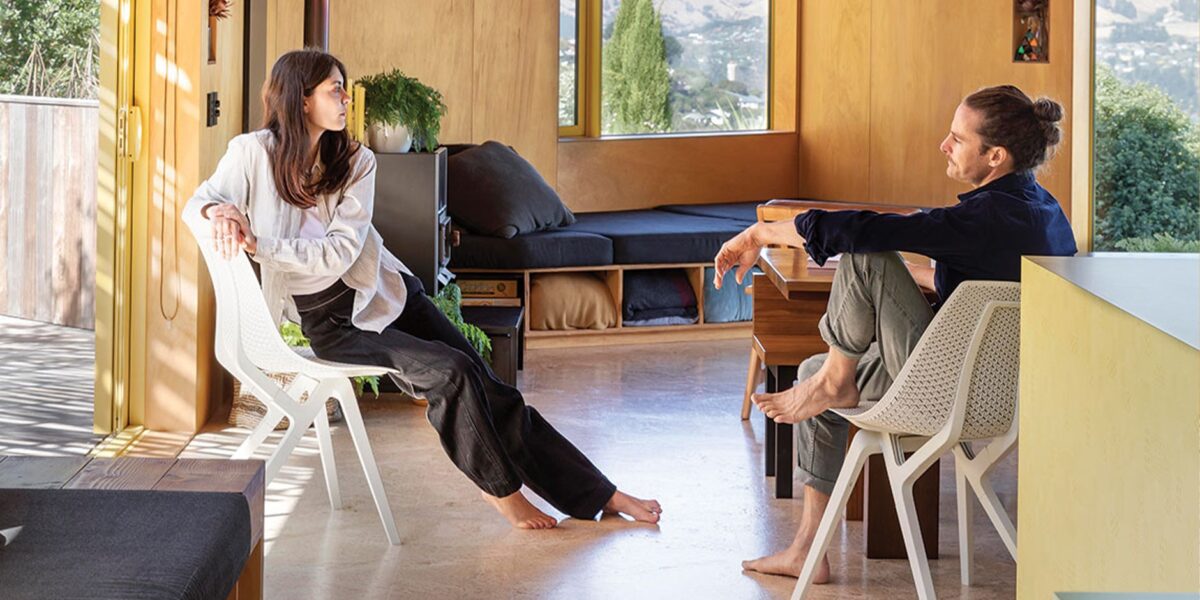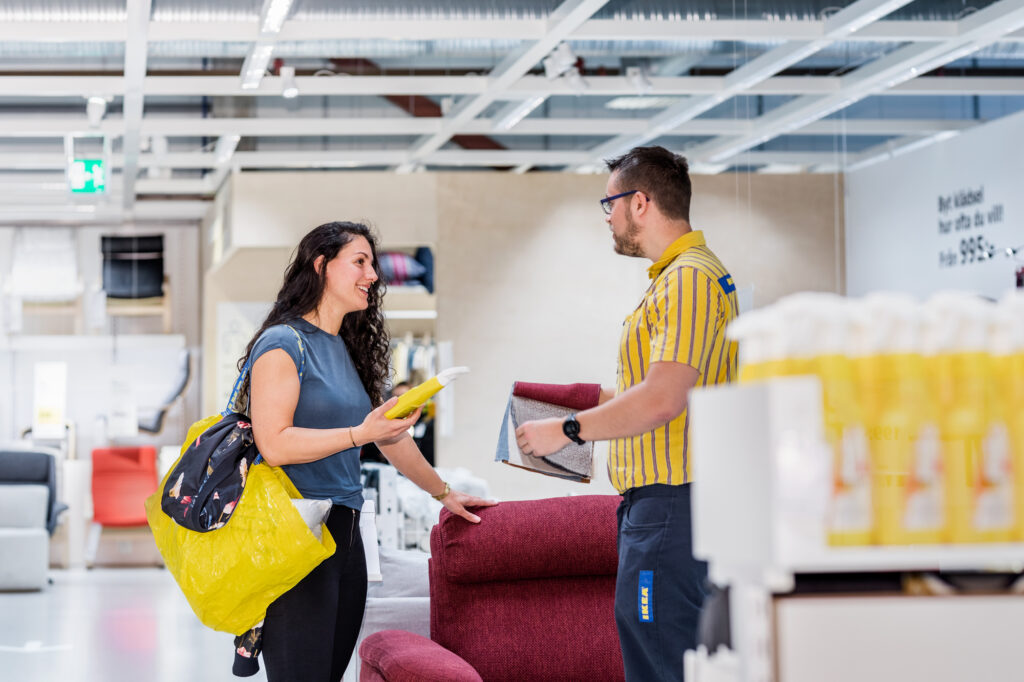
Fast Furniture Is out—Shop These 7 Sustainable Brands Instead
Don’t worry, a sustainability expert says you can still shop at IKEA.

Courtesy of Noho
There’s a culprit responsible for mountains of waste in our landfills: fast furniture. Much like the clothing from fast fashion brands such as Shein and Forever 21, fast furniture is designed to be cheap and mass-produced, and it has plagued our environment for decades. Consumers tend to abandon these pieces within five to 10 years, and since they’re so poorly made, they’re more likely to end up in the trash than be sold or repaired.
According to the Environmental Protection Agency, over nine million tons of furniture in America end up in landfills every year. Fast furniture can also harm the environment through the sourcing of materials, shipping of materials and products, unethical human labor standards, and limited options for recycling and replacements, says Ashlee Piper, sustainability expert and author of Give A Sh*t: Do Good. Live Better. Save the Planet.
When it comes to the biggest fast furniture producers, many point to IKEA as the top culprit, but Piper isn’t so quick to condemn the Swedish furniture brand. “I think IKEA is almost unfairly low-hanging fruit,” she says. “I would not put IKEA in the same category as Wayfair or Amazon because IKEA actually has made good on a lot of their promises.”
In their latest Sustainability Strategy, IKEA vowed to become “circular and climate positive” by 2030 by only using recycled or renewable materials. And if you’ve ever purchased an IKEA product, you’ve probably seen their Flatpacks, a more sustainable packaging design popularized by the brand.

Courtesy of IKEA
But the best eco-friendly strategies, Piper says, are upcycling your current pieces or thrifting used items. “The secondhand market is absolutely booming,” Piper adds. She says 98% of everything she owns is secondhand, and she works with clients to create eco-friendly home design without sacrificing style.
Piper’s advice is to start with the pieces you already have. Many times, a tightened screw, new upholstery, or a fresh coat of paint will give an item the upgrade you desire. Piper recalls one client who didn’t know what to do with a mid-century credenza. Instead of throwing it away, they gave it a repair and used it as a baby changing table, then a media center, and now a makeshift pantry.
“They’re so many options if you just expand your mind beyond what the manufacturer might say an item is,” Piper says.
If you’ve exhausted the options for your current furniture, there is still a bustling secondhand market and plenty of sustainable furniture brands to try. You can start with our seven picks below.
Sustainable Furniture Brands
We only recommend things we love. If you buy something through our site, we might earn a commission.
